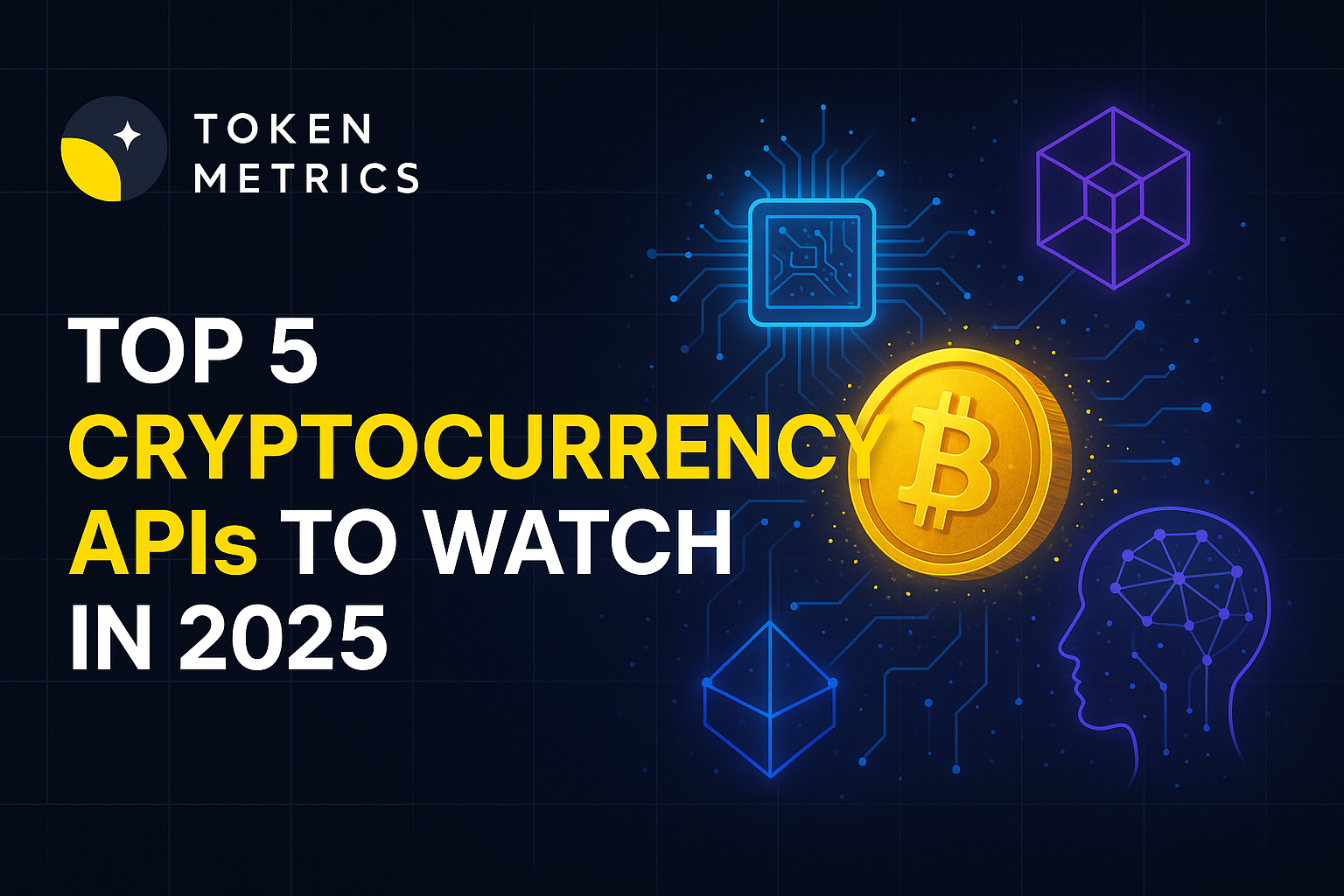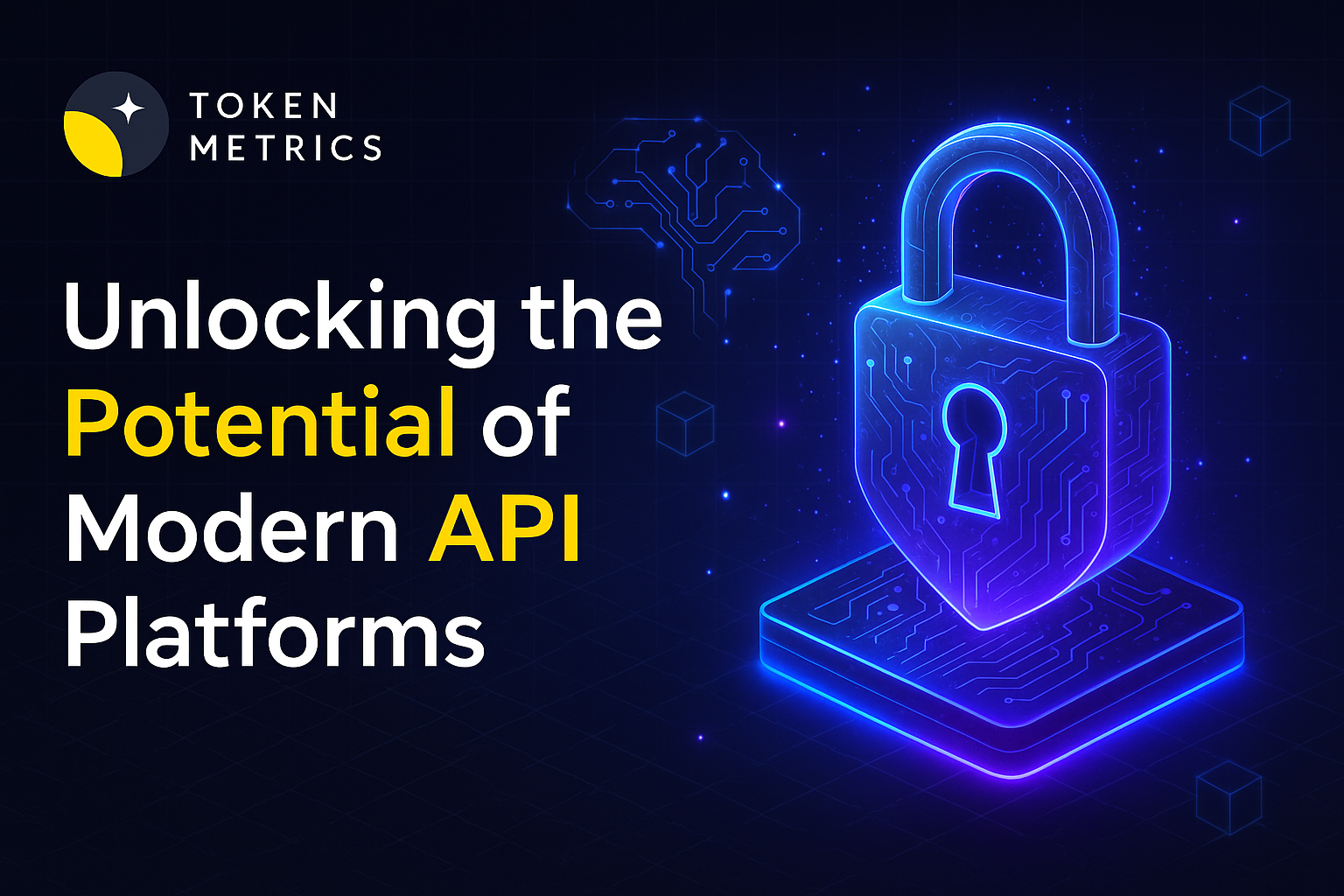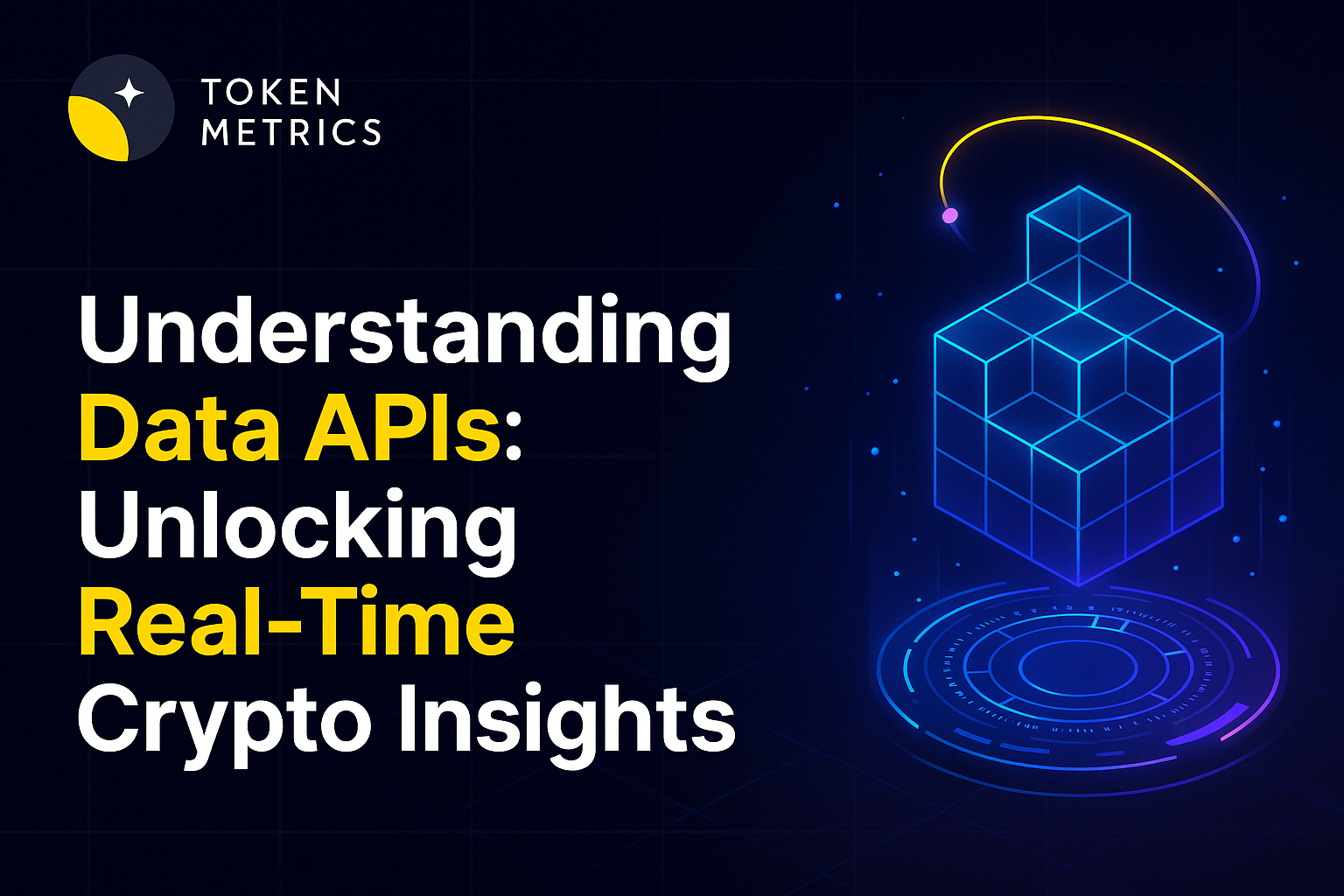How Crypto APIs Enable Backtesting of Trading Strategies

Imagine testing your own crypto trading strategy against years of historical data in just minutes—all without writing custom data pipelines or hunting for spreadsheets. With today’s advanced crypto APIs, backtesting strategies is not just possible; it’s increasingly accessible, scalable, and data-rich. But how exactly do these APIs empower traders, analysts, and developers to scientifically evaluate their approaches before risking any real capital?
What is Backtesting in Crypto?
Backtesting is the process of simulating a trading strategy using historical market data to gauge its theoretical performance. In the fast-moving world of cryptocurrencies, where volatility is high and market microstructure can change rapidly, backtesting serves as a critical first step to determine whether a strategy is robust or needs refinement.
The goal is to replay past price action under the rules of a trading algorithm or indicator-driven approach, tracking entries, exits, and outcomes as if the trades were placed in real time. Backtesting can help expose hidden risks, optimize parameters, and identify strategies likely to withstand real-world market variability.
The Role of Crypto APIs in Backtesting
Crypto APIs act as bridges between real-time market data, historical databases, and user applications. They streamline access to deep historical candlestick data (OHLCV), order book snapshots, volume, on-chain metrics, and even derived indicators. Instead of manually collecting and cleaning datasets—which can be error-prone and time-consuming—users can retrieve consistent, up-to-date data directly via API endpoints.
Key advantages of using crypto APIs for backtesting include:
- Speed & Automation: APIs enable rapid retrieval of large datasets, automating the backtesting pipeline from data ingestion to results analysis.
- Granular Historical Data: Many leading APIs provide tick-level, minute-level, or hourly data across years of market activity, allowing for precise simulation and fine-tuning.
- Streamlined Integration: APIs typically follow RESTful or WebSocket standards, making them compatible with a wide range of programming languages and backtesting frameworks.
- Comprehensive Metric Coverage: Some APIs, such as those from Token Metrics, offer not just market prices but also sentiment, on-chain action, and advanced analytics to enrich backtesting models.
How to Backtest Crypto Strategies Using APIs
Backtesting with crypto APIs generally involves a series of clear steps:
- Selecting an API Provider: Choose an API that offers reliable historical price data for your target assets and intervals, such as daily, hourly, or minutely candlesticks. Consider additional features like on-chain analytics or sentiment scores for more complex models.
- Defining the Strategy Rules: Clearly articulate the algorithm or indicators your strategy will follow—such as moving averages, RSI thresholds, or custom AI models.
- Retrieving Data: Use the API to pull the necessary historical data. This may involve authentication and specifying the desired timeframes and assets.
- Simulating Trades: Implement your strategy’s logic in a programming language or backtesting framework, running virtual trades on the downloaded data to record entries, exits, and outcomes.
- Analyzing Results: Evaluate performance metrics like returns, drawdowns, Sharpe ratio, and win/loss rates. Consider whether the outcome is statistically significant and robust to changing market regimes.
Popular open-source backtesting tools such as Backtrader, QuantConnect, and custom Python scripts often use APIs for dynamic data ingestion. For more advanced research, APIs that provide sentiment or on-chain metrics, such as those from Token Metrics, allow users to experiment with hybrid statistical and AI-driven strategies.
Limitations and Best Practices
While crypto APIs make backtesting efficient, there are important considerations to keep in mind:
- Data Quality and Completeness: Incomplete, inaccurate, or latency-decoupled historical records may lead to misleading results. Always vet the API’s data source and track any known outages or anomalies.
- Overfitting Risk: Tuning a strategy too closely to historical patterns can yield strong backtested metrics but poor real-world performance. Use out-of-sample testing and cross-validation where possible.
- Market Microstructure: Some APIs lack order book depth or granular trade-level timestamps, which may mask slippage, spreads, or liquidity constraints relevant for high-frequency strategies.
- Execution Gaps: Backtesting doesn’t account for changes in exchange APIs, latency, or real order execution mechanics unless explicitly modeled.
Adhering to robust modeling practices—such as walk-forward validation, parameter sensitivity checks, and realistic simulation of transaction costs—can help reduce many of these risks.
AI-Powered Backtesting and the Future of Crypto Strategy Testing
The intersection of AI and crypto API backtesting is opening new frontiers in quantitative research. Machine learning and AI models can analyze vast arrays of features, detect non-obvious patterns, and dynamically adapt strategies based on real-time and historical inputs.
Cutting-edge APIs are supporting this evolution by providing not only raw historical data, but also feature-rich analytics: smart signals, alternative data, and even pre-trained AI/ML models. By integrating these offerings into their backtesting framework, developers and quant teams can iterate on more sophisticated strategies, potentially leading to more robust and adaptive trading algorithms.
Build Smarter Crypto Apps & AI Agents with Token Metrics
Token Metrics provides real-time prices, trading signals, and on-chain insights all from one powerful API. Grab a Free API Key
Frequently Asked Questions
What types of data can crypto APIs provide?
Crypto APIs typically offer a wide range of data: historical price (OHLCV), order book snapshots, trade history, volume, on-chain analytics, exchange metadata, and sometimes news or sentiment indicators. Comprehensive APIs, like those from Token Metrics, also deliver AI-generated signals and analytics.
Do I need advanced programming skills to backtest with APIs?
Not necessarily. While a working knowledge of Python or another scripting language helps, many open-source backtesting platforms or low-code tools can work with API data. Some API providers also offer interactive documentation and code samples to ease integration.
Can I use free crypto APIs for backtesting?
Yes, many exchanges and analytics platforms provide free tiers of their APIs, though they may limit data range, request frequency, or supported assets. For deeper, enterprise-grade backtesting, paid APIs often provide extended histories and premium analytics.
What are some pitfalls to avoid in API-based backtesting?
Watch out for data gaps or errors, curve fitting to historical anomalies, and failing to account for transaction fees or real-world execution delays. Always test strategies on pristine, out-of-sample data for realistic results.
How is AI being used in crypto backtesting?
AI and machine learning increasingly help in feature selection, anomaly detection, predictive analytics, and adaptive strategy design. APIs that offer pre-processed AI indicators or alternative data can jumpstart this process, making it more accessible for both novice and advanced researchers.
Disclaimer
This article is for informational and educational purposes only. It does not constitute investment, legal, or financial advice. The mention of any tool, platform, or service is for educational context. Always conduct your own research and consult professional advisors before making financial decisions.
Create Your Free Token Metrics Account

.png)




%201.svg)
%201.svg)


%201.svg)










.svg)




.png)